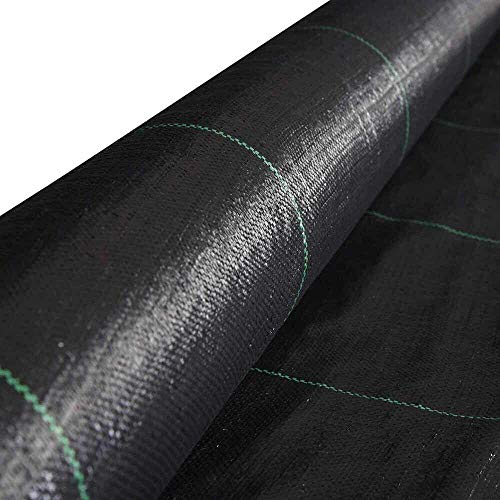If you’ve found yourself asking, “what is mulch”? you’ve made it to the right place!

Mulch is a protective layer of either organic or inorganic material that is placed on top of the soil in a garden or throughout your landscape. It’s used for keeping moisture in the soil, preventing weeds from growing, and making the garden bed look more visually appealing.
And in this article, we’ll be going over the different types of mulch, where and when to use them, and comparing synthetic and organic options.
Let’s get started!
Table of Contents
Types of Mulch
There are a few different varieties of mulch that fall under either synthetic or organic categories. Let’s go over each:
Synthetic Mulches
Synthetic mulch is a great option for those who don’t want to or can’t keep up with the maintenance that organic mulch requires or simply prefers the look of synthetic material for their gardens. These mulches do not provide any nutrients to your beds, although they will keep moisture in the soil.
- Gravel or rocks
- Black plastic or tire shreds
- Landscape fabrics
Organic Mulches
Organic mulches are mulches that decompose over time and provide additional nutrients to your garden beds. Because they’re biodegradable, they’re often much easier to replace than synthetic mulches.
- Homemade compost
- Hay
- Compost manure
- Woodchips
- Lawn clippings or fallen leaves
- Newspaper
About Synthetic Mulches and a Look into Their Uses
In this section, we’ll be going over each of the synthetic mulch options listed above in more detail.
Landscape Plastic and Fabric

Synthetic mulches like landscape plastic or fabric are great for those looking for a low maintenance option. But they can be a little too harsh for delicate plants and work best when places around trees or other hardy, woody plants. This is because plastic can heat up to intolerable temperatures during the warmer months, killing off healthy organisms in the dirt. Be sure to always cut holes in the plastic or fabric to allow airflow.
Fabrics and plastics can also be pretty unsightly when the wind picks up if they’re not properly held down. (Nobody wants black plastic flapping in the wind — it takes away from your beautiful flowers!). So, don’t forget to staple the fabric down to prevent it from being blown away or moved!
Also, if you like the functionality of landscape plastics and fabrics, but not the look, consider putting a thin layer of mulch on top of the plastic to hide it.
- Premium weed barrier landscape fabric to make your life easier and skyrocket your productivity!
- Super-easy to install and set up landscaping fabric to provide unparalleled weed control.
- Garden weed barrier mat designed to conserve your soil's moisture and preserve its value.
- Heavy-duty and durable weed control fabric to protect your garden from weeds for a very long time.
- Most advanced, professional home gardening solution that helps you reduce the use of chemicals.
Last update on 2024-10-01 / Affiliate links / Images from Amazon Product Advertising API
Gravel
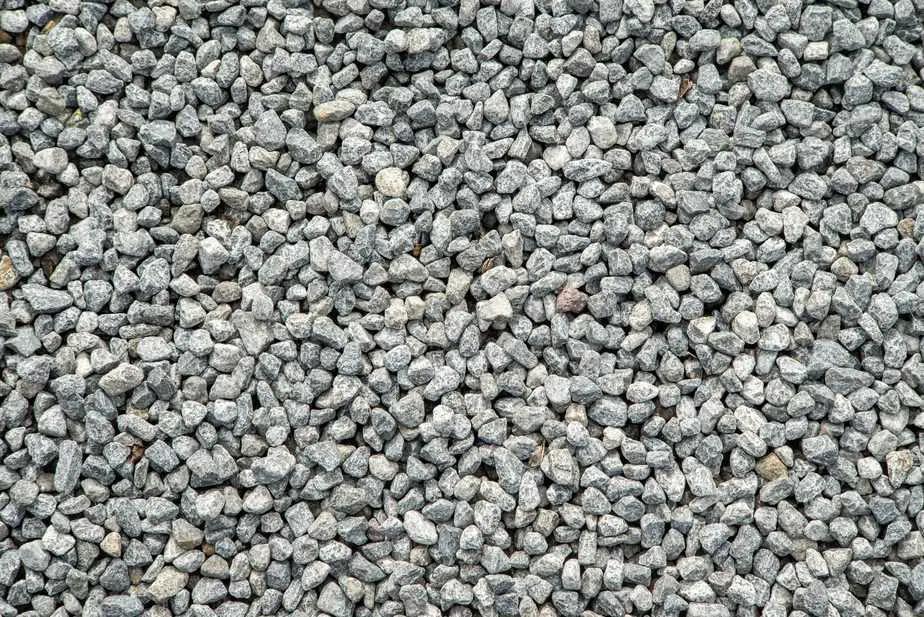
Gravel or stones used as mulch can be more visually appealing than plastic or tire shreds, however, it can be more difficult to move if ever you decide to redo your garden bed. And not only are they natural-appearing and pretty to look at, but they’re also perfect for plants that like a little more warmth (like Mediterranean gardens) or for gardens that need to drain especially well.
Keep in mind that if you are using larger stones that some weeds may be able to peak through the cracks. Minimal maintenance once every few weeks may be required for this mulch option.
About Organic Mulches and a Look into Their Uses
In this section, we’ll be going over each of the synthetic mulch options listed above in more detail.
Homemade Compost and Composted Manure

Compost, whether it be premade or made at your own home, is an excellent addition to gardens. You can use it as you plant, by placing a thin layer of compost in the plant holes for added nutrients and also use it as a top layer of mulch to protect and nurture your garden as it grows.
Homemade compost can be concocted out of leftover or unused vegetables, fruits, leaves, grass clippings, potato skins, etc — but try to avoid putting meats in your compost because this encourages an outpour of maggots and other unwanted creatures.
Need help composting? Check out this step-by-step guide!
Hay
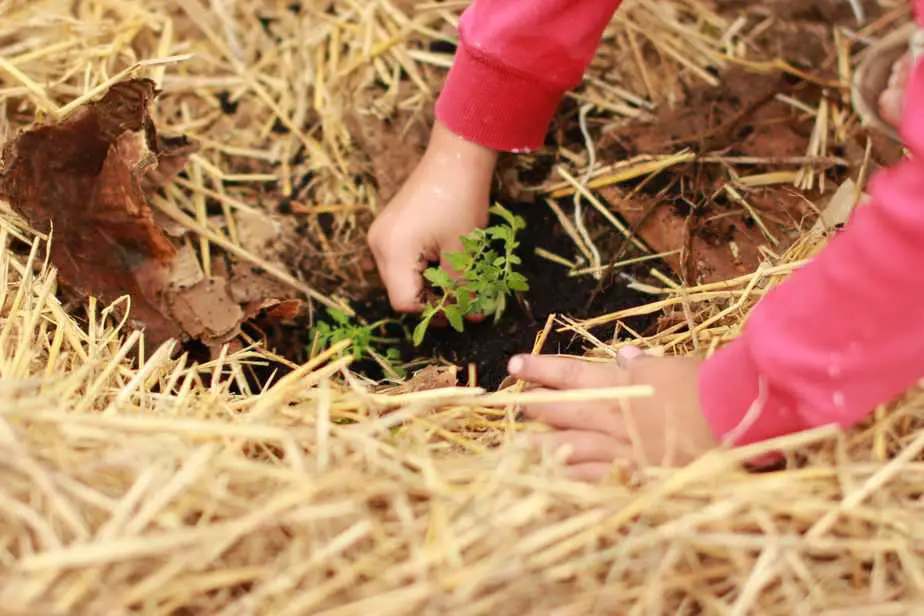
Hay is commonly used as a mulch in vegetable or fruit beds. It makes the walkways less muddy, invites little creatures like spiders to stay awhile and keep plant-eating pests at bay, and it decomposes slowly (so you don’t have to replace it so often).
Our favorite hay mulch is the EZ-Straw Seeding Mulch. It’s very finely milled, decomposes completely into the soil over time, and can be placed directly on top of seeds, as it helps to speed up germination, protect the seeds from birds and keeps them from being blown away if they sit atop the soil.
- Power_source_type: Air Powered
- Safe for home, children and pets
- Organic straw seeding mulch with tackfier to hold straw in place
- Protects grass from heavy washout and windy areas
Last update on 2024-10-01 / Affiliate links / Images from Amazon Product Advertising API
Woodchips

Woodchips are one of the most commonly used — and most attractive — mulch options for flower beds, around trees, and in beds near walkways. You can find decorative mulch at your local garden center that comes in a variety of colors like black, red, or natural wood tone.
Woodchips will degrade, but very slowly, so you will have to replace the mulch the next growing season. This means that they’re not ideal for vegetable or annual flower beds since you’ll have to dig and work around them each year.
- Natural Cedar; Use with your outdoor and indoor plants; will hold moisture in!
- Pleasant Earthy Smell. Use as an air freshener; natural subtle cedar scent; Refill your cedar sachet bags; Made in USA
- Put in animal bedding; put in kitty litter & a number of other places.
- Great for Hanging Planters, Potted Plants, Indoor & Outdoor Gardens Or Potted Plants
- Our goal is the most product to the customer for the lowest cost. Our bags are sometimes "skinny" to reduce the average cost to you.
Last update on 2024-10-01 / Affiliate links / Images from Amazon Product Advertising API
Lawn Clippings and Leaves
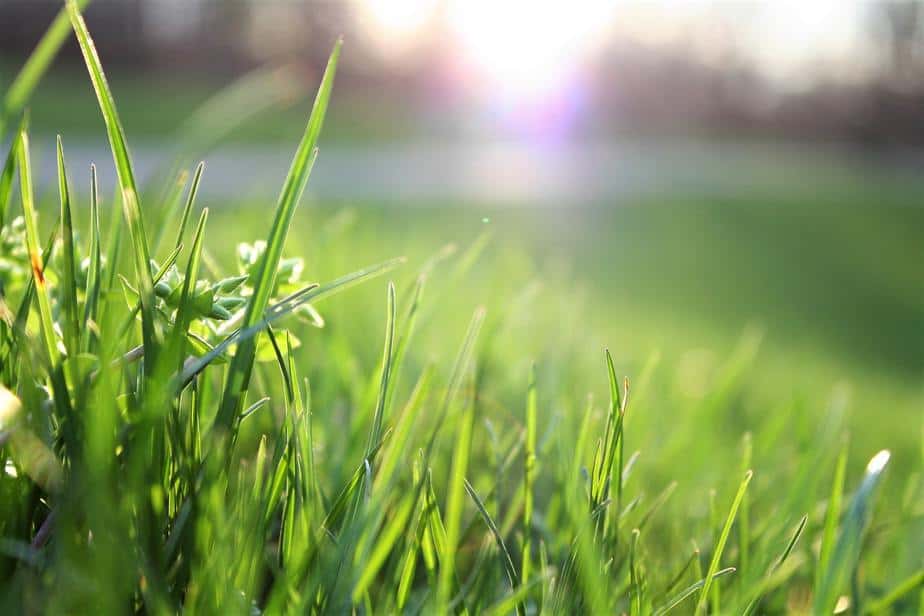
Lawn clippings and leaves are a highly nutritious and readily available source of mulch. Though you’ll probably want to leave some of the grass clippings on your lawn to fertilize it, collecting any grass that’s made its way onto sidewalks or the road will work tremendously for your garden beds.
Mix any fallen leaves around your property with the lawn clippings for additional nutrients. This mulch is great for edible garden beds and will really pack a nutritious punch as it degrades.
Newspaper
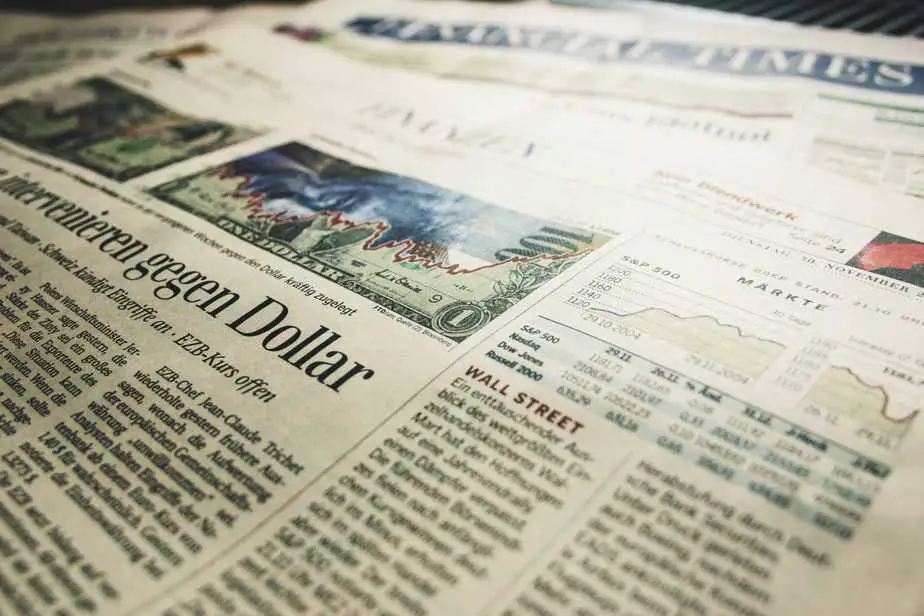
Newspaper has become a growing fad among gardeners in recent years. It’s cheap, the dyes are becoming more and more organic, and it does wonders for gardens! If you go this route for mulch, you’ll want to use 4-6 sheets of newspaper layered, wet it, and place it on top of the soil.
Similarly to how you would use plastic or fabric for your garden beds, newspaper should be placed underneath a thin layer of gravel or woodchips for a more attractive appearance.
Final Thoughts
When it comes to mulch you can either choose from organic or synthetic options. Both are great for keeping nutrients and moisture in the soil, but (in our opinion) natural mulches are far better for the earth and for your gardens.
If you’re looking for an attractive option, we recommend that you use a decorative mulch. For edible garden beds, we recommend hay or grass clippings considering how they add wonderful nutrients to the soil as they decompose. For mulch around trees and walkways, we recommend using landscaping fabric with either a thin layer of gravel or woodchips on top.
Whichever mulch you choose, you can rest assured that it’ll help keep your garden lush and beautiful!
Happy gardening!
